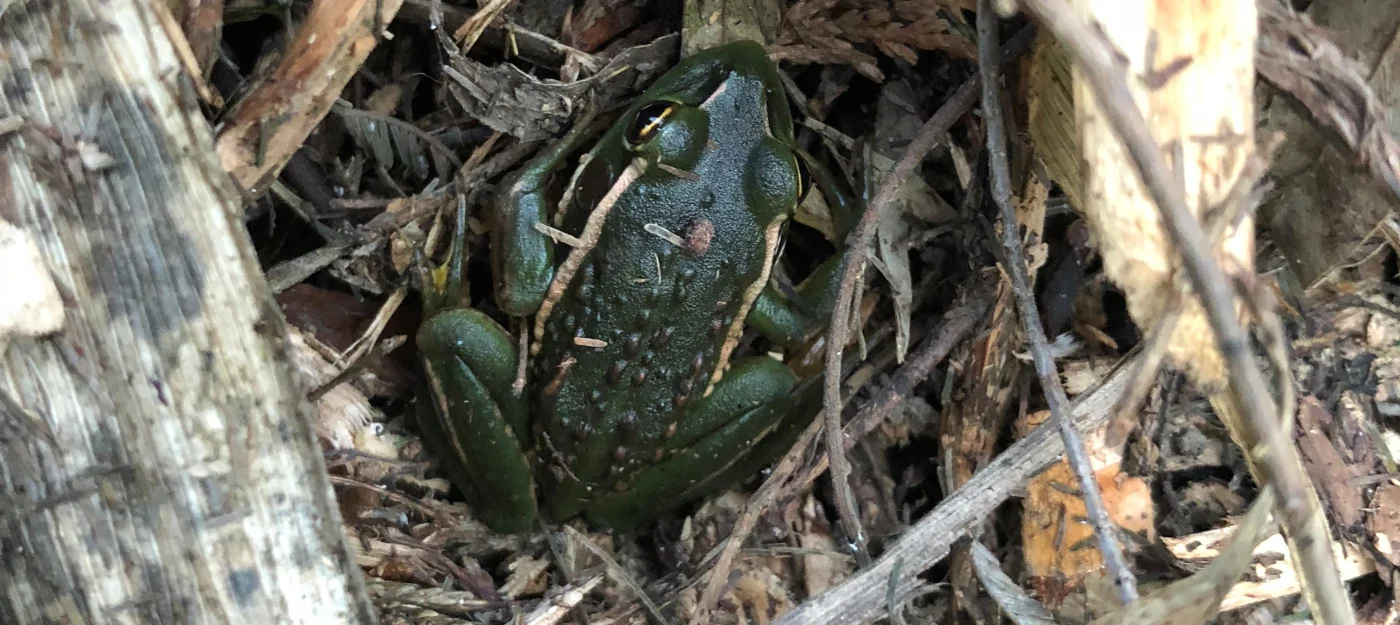Education for sustainability
The future-focus theme of sustainability is evident throughout The New Zealand Curriculum. It is integral to the vision, principles, values, and key competencies, and provides relevant and authentic contexts across the eight learning areas.
New Zealand’s national curriculum focuses on 21st century learning, ensuring learners are equipped to participate in and contribute to their own society and the wider world. An important aspect of this is encouraging students to consider significant future-focused issues such as sustainability.
A focus on education for sustainability:
can develop learners who are informed decision makers, and connected to the land and the environment
provides a context that enables meaningful connections between learning areas, key competencies, and values
offers ways for students and schools to contribute to the social, cultural, economic, and environmental well-being of New Zealand. A sustainable school prepares young people for a lifetime of sustainable living, through its teaching, its culture, and its day-to-day practices
provides opportunities for students to engage in genuine learning in their communities and take action
uses authentic learning to develop creative and critical thinking for a sustainable future.
Project-Based Learning (PBL) approach
What is Project-Based Learning?
Project-Based Learning (PBL) is a dynamic approach to teaching in which students explore real-world problems and challenges. With this type of active and engaged learning, students are inspired to obtain a deeper knowledge of the subjects they're studying.
PBL could be the key to engagement. This is the same as 'intrinsic motivation' that Maria Montessori refers to when students are offered meaningful elements of choice they are more likely to be motivated. Montessori advocates relevant real world content, student choice, student voice, self management, opportunities for collaboration, peer review and discussion and challenge at the correct level (Goldilocks observation). Montessori was the first to advocate this type of real world project learning.
Te Kete Ipurangi puts PBL within its 'enabling e-learning' advice for teachers. We would argue that PBL is not confined to e-learning but can and should be practical hands-on learning that combines building a three-dimensional product, field trips, collaboration with industry and expert mentors.
It should span multiple subjects and curricular elements. Why can't students choose to dramatise the Krebs cycle in a short play or use mud and straw models to explore green building technologies?
PBL involves students solving real problems for an actual public audience, expert mentor or client. It allows students to find their own way to reach a set of learning goals and potentially continue on in the learning journey. Students research, innovate, design, gather data, present and review their work and build up to a public finale where final products are presented in a public event.
Lesson Plans
Students from South End School Carterton investigate insulation options - here is wool insulation in a rammed earth house building site in Carterton
As Part of our second Curious Minds round of funding we worked with a group of 50 students (6-17 yr olds) from three Wairarapa Schools to develop lessons in ten themed areas. Students identified five farming themes and five sustainable building challenges:
FARMING tHEMES:
Composting and Soil science
Pollination
Plant biology and growing food
Nutrition
Sustainable enterprise
bUILDING Challenges:
Sustainable energy challenge
Suncalc - passive solar gain mapping challenge
Climate challenge
Shipping container conversion challenge
tiny house design challenge
Inspiration and ideas
PBL as a future-focussed learning tool to develop the 21st century skill set.
Well-designed PBL has been shown to result in deeper learning and more engaged, self-directed learners. Learn more about the five core elements of successful PBL in this video:
This school in the US is a great example of how schools can use an overarching theme to make cross curricular connections.
The movement towards student voice and choice in education - this is an inspirational film
Useful links
High Tech High - 7 successful projects, examples of completed projects
https://www.hightechhigh.org/student-work/student-projects/
Fantastic list of PBL resources and reading and examples of projects in New Zealand schools
http://elearning.tki.org.nz/Teaching/Project-based-learning#js-tabcontainer-1-tab-1
PDF document from the Buck Institute for Education (BIE).
This allows a quick analysis of a potential PBL project against the 8 essential criteria.
Project_Design_Rubric_vMay2017



